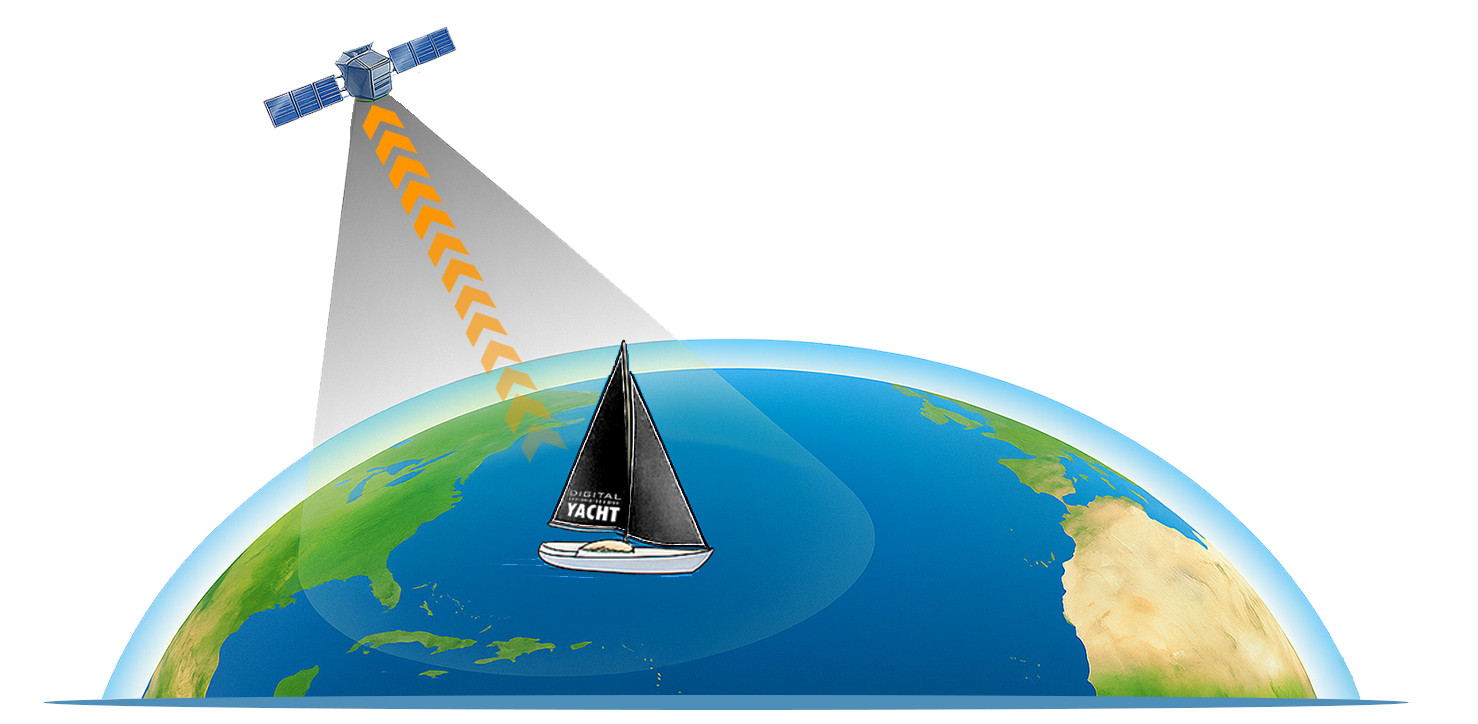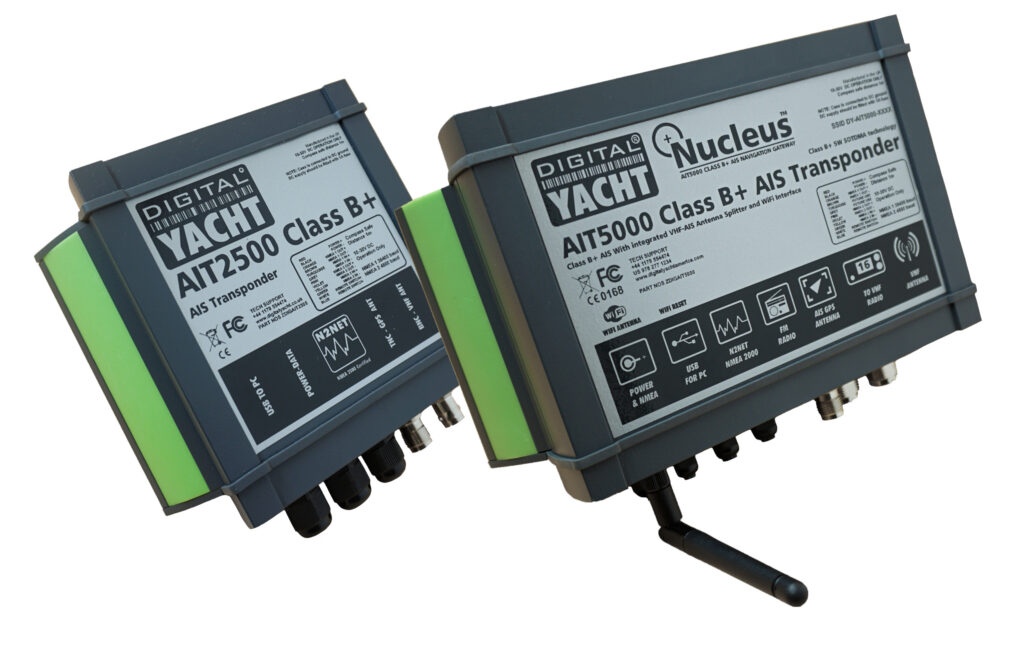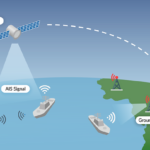
Marine AIS uses VHF frequencies to send and receive position, course, speed and identity information between vessels equipped with an AIS transponder. Using VHF frequencies (162MHz), the range is typically limited to around 25NM but that depends upon type of AIS and antenna height
All commercial ships over 300GRT and passenger carrying vessels are mandated to carry a Class A AIS transponder and more and more recreational vessels and installing Class B or B+ simplified transponders. All systems inter-operate.
We’re probably also all familiar with internet based AIS tracking services such as Marine Traffic. They use a network of coastal receivers to pick up local transmissions and build a web page of vessel locations based on AIS transmissions. However, the network isn’t perfect as it often relies of hobbyist installations where there’s no control over the base station operation or quality of reception and there can also be a lag in terms of update rate which make the system unsuitable for real time navigation – plus of course you need a internet connection.
But what about if you are venturing further afield and want the security of shore based tracking? There are now satellite operators offering AIS services based on a network of low earth orbiting satellites. However, picking up low power AIS transmissions from space is a tricky business.

Digital Yacht have now enabled additional long range and satellite based messaging into all their current AIS products which transmit an additional AIS message making reception by satellites more reliable and effectively globally extending shore based AIS tracking services.
These satellite services provide feeds to some of the main tracking sites but Digital Yacht will provide a personalised and secure service where a customer can login and search for a specific MMSI. The system will also generate a map view, centered on the current position of the specific vessel and extending to a radius of 100NM, showing the position of other AIS targets within that radius. That enables ocean travelling vessels to also view the page through say their Starlink internet service and build a picture of “over-the horizon” AIS traffic – great for advance alerting of potential collision targets.
This new service will be available in late 2025 but for now, rest assured that every Digital Yacht Class B+ transponder is already talking to space.






